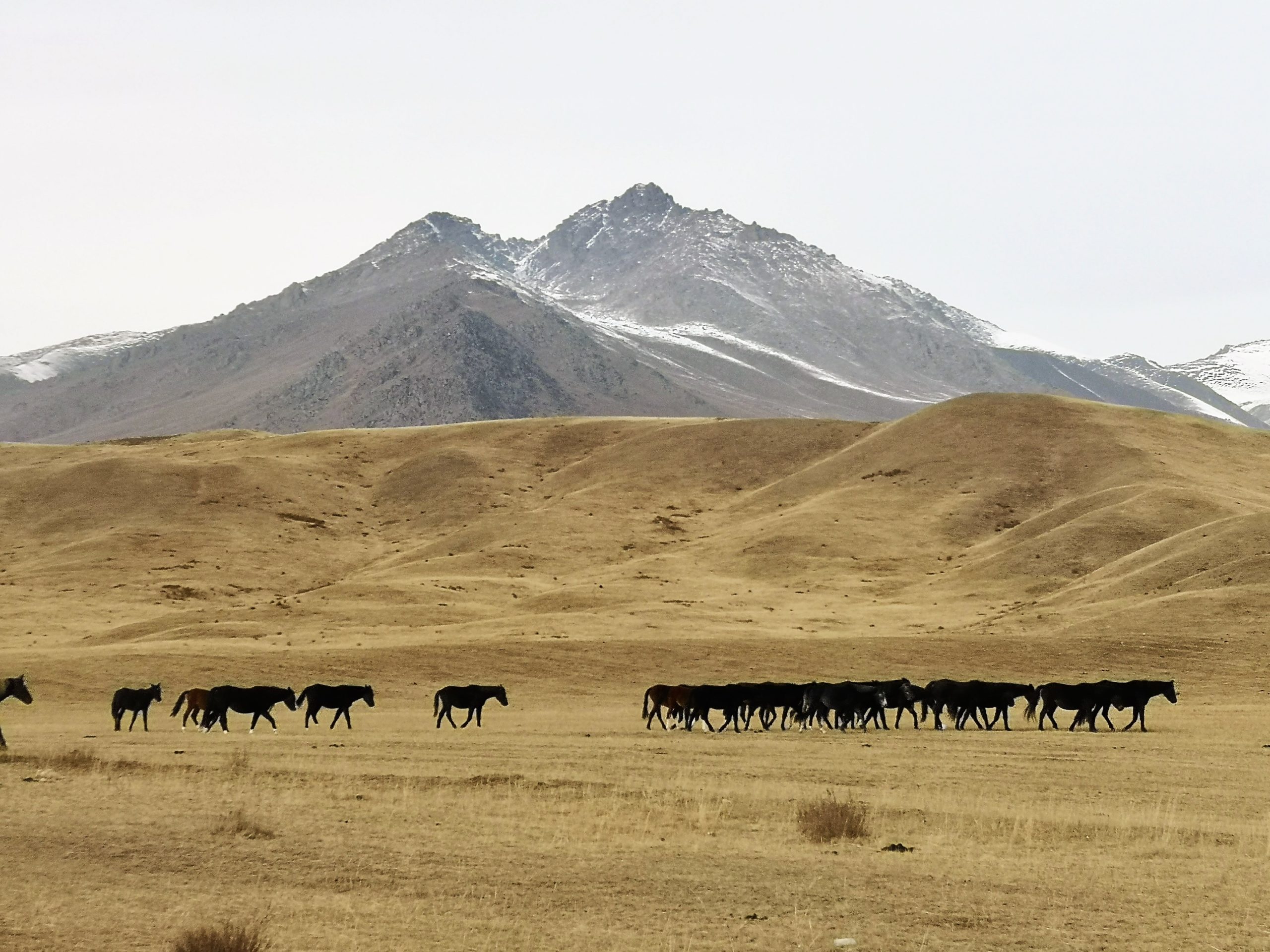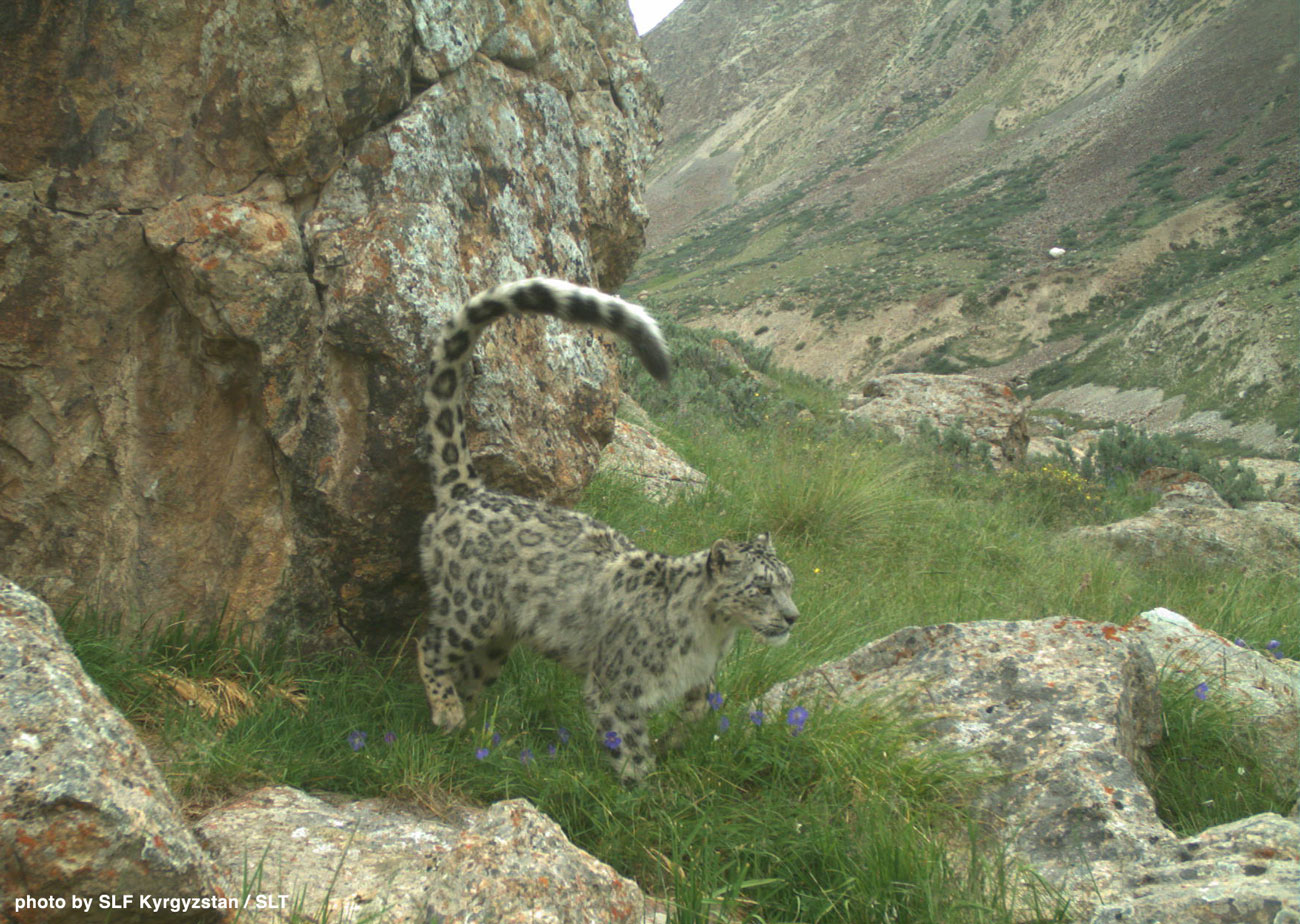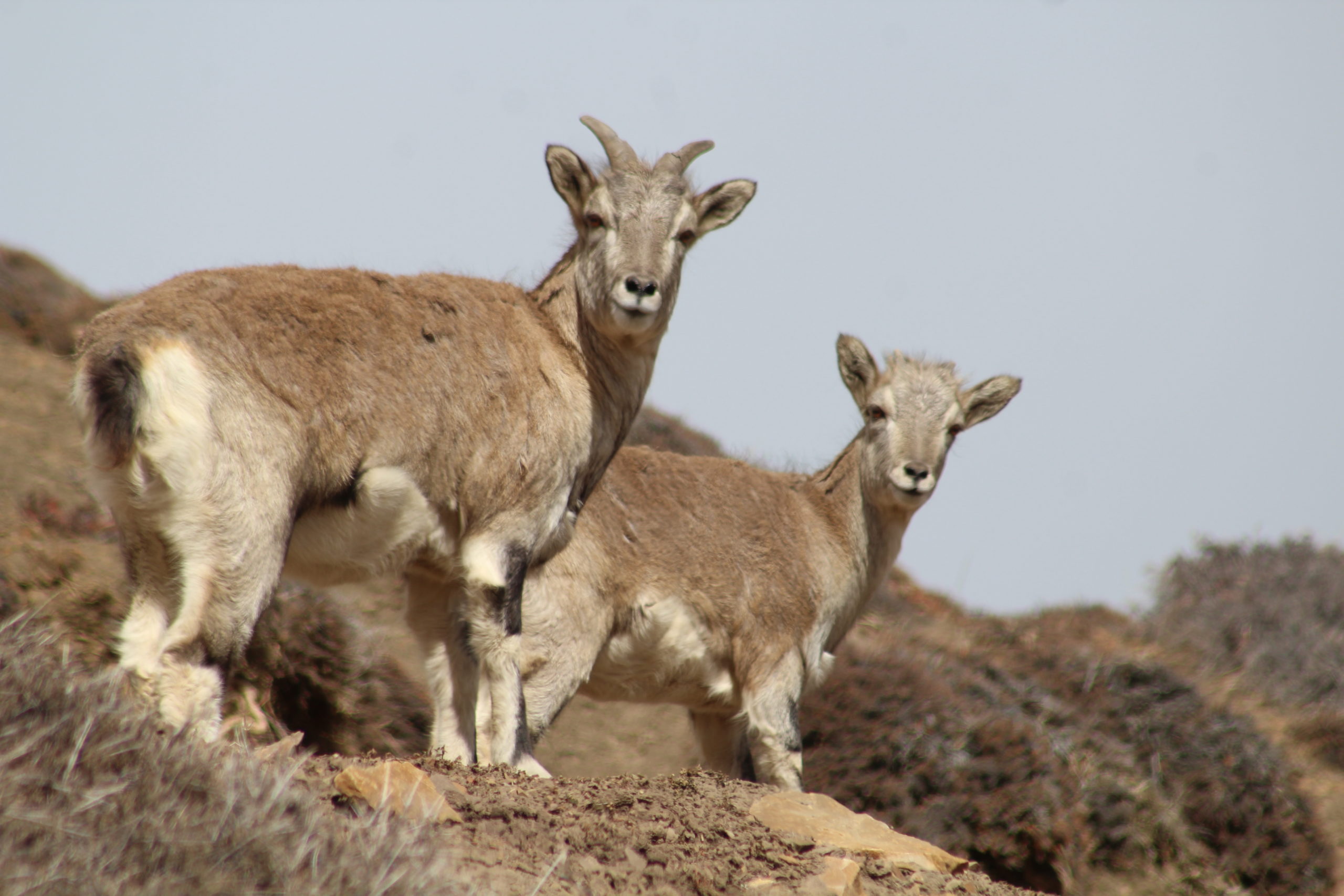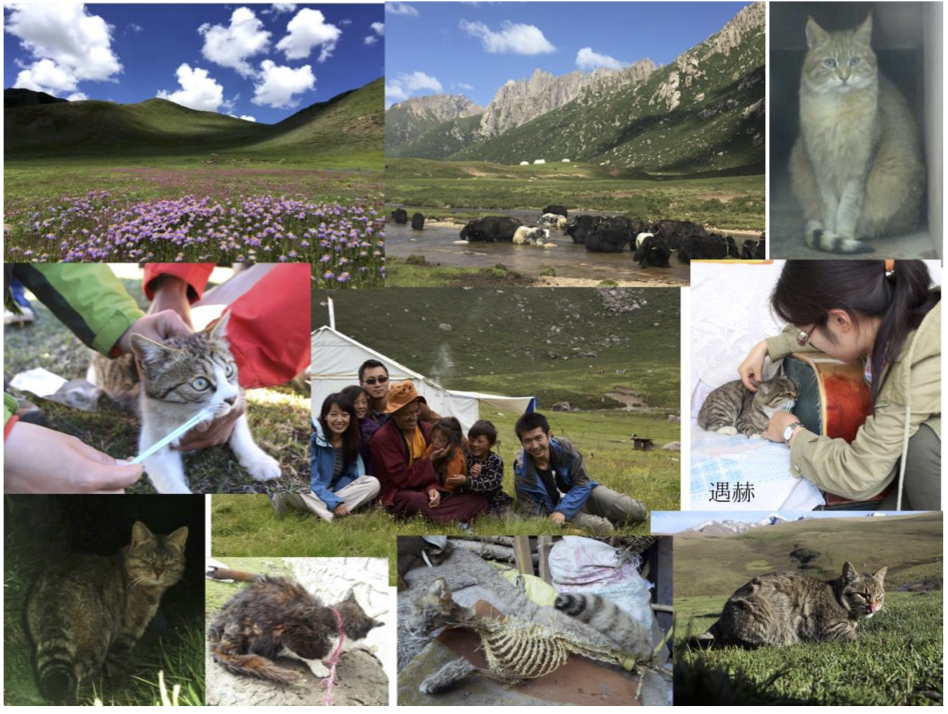
Please find details below of a new article added to our Bibliography:
Title: Density Pattern of Flare-Horned Markhor (Capra falconeri) in Northern Pakistan
Author: Ahmad, S., Rehman, E. U., Ali, H., Din, N., Haider, J., Din, J. U., Nawaz, M. A.
Abstract: Wild ungulates play vital roles in maintaining a balanced ecosystem through herbivory and are also an important determinant of carnivores’ density. The flare-horned markhor (Capra falconeri) is a threatened wild goat distributed across the mountain ranges of Pakistan, India, Afghanistan, Russia, Turkmenistan, Uzbekistan, and Tajikistan. The remote terrain and fragmented population limit our understanding of the population ecology of markhor, though knowledge of the target species population is vital for making informed management decisions. Therefore, the current study was designed to determine the markhor population across their range in Northern Pakistan and to evaluate the efforts made by the government and non-government organizations for the conservation of markhor. Double-observer surveys were conducted during 2019–2021 in nine major watersheds of Khyber Pakhtunkhwa and Gilgit-Baltistan covering an area of 4664 km2. Secondary data were collected for unassessed areas to gain a holistic overview of the markhor population and density in the region. Results revealed a markhor population of 7579, with a density of 0.30 animals per km2 in Northern Pakistan. Our analysis of the double-observer data through the Bayesian behavioral capture–recapture model estimated a population of 5993 individuals (95% CI) of markhor across
nine study sites, with a density of 1.28 animals per km . A review of secondary data revealed that a population of about 1586 was present in the un-surveyed area (20,033.33 km2), with a density of 0.08 per km . A total of 146 groups of markhor were counted, with a mean group size of 23 (3–58) individuals. There were 109 males and 108 young per 100 females in the population. Among 1936 recorded males, Class I males accounted for 27.74%, followed by Class II (26.45%), Class IV (trophy-size) (23.40%), and Class III (22.42%). The overall detection probability was recorded as 0.87 and 0.68 for the first observer and second observer, respectively. Compared with the past reports, the population of markhor in Northern Pakistan appears to be increasing, particularly in protected areas (PAs) such as national parks and community-controlled hunting areas (CCHAs). Conservation programs, notably trophy hunting and PA networks, appear to be vital in sustaining markhor populations in parts of the species range. We recommend expansion in such programs in the markhor range in order to maintain a viable population of this majestic wild goat in the region.
URL: https://snowleopardnetwork.org/b/show.php?record=1695










